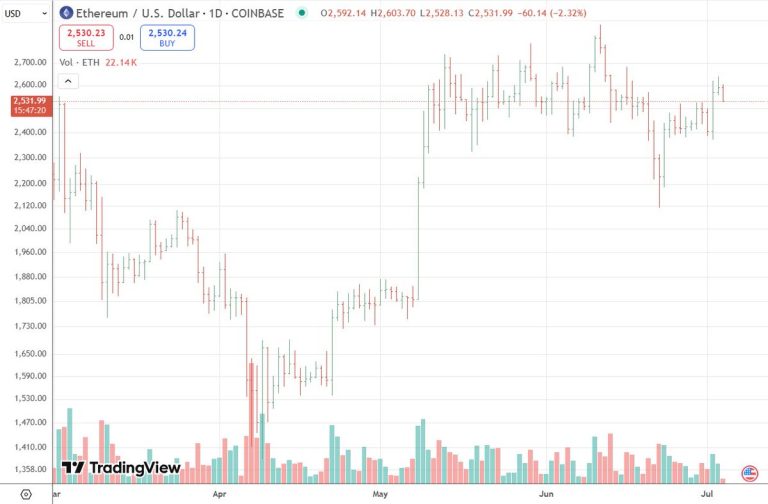
Polyester has become a cornerstone in the performance apparel industry, revolutionizing how athletes and outdoor enthusiasts approach their gear. Its dominance in the market is not accidental but a result of its superior performance properties, cost-effectiveness, and versatility. This article delves into the multifaceted role of polyester in performance apparel, exploring its market dynamics, technological advancements, and future prospects.
Polyester’s journey to becoming the leading fiber in performance apparel is marked by its exceptional attributes. Today, polyester accounts for over half of global fiber production, a testament to its widespread acceptance and reliability. The fabric’s durability, resistance to wrinkles, and ability to retain color have made it a favorite among manufacturers and consumers alike. These properties are particularly crucial in performance apparel, where garments must withstand rigorous activities and maintain their functionality over time. The apparel sector represents the largest share of the polyester fabrics market, driven by the fabric’s ability to maintain color retention and its resistance to wear and tear. This has led to a significant expansion in the market, driven by demand for durable, versatile, and cost-effective materials. Innovations in manufacturing techniques have further enhanced polyester’s appeal, making it a go-to choice for performance apparel.
The global polyester fiber market is experiencing robust growth, with projections indicating a substantial increase in market size by 2030. The market size is expected to reach $153.5 billion by 2030, rising at a compound annual growth rate (CAGR) of 7.5%. This growth is fueled by several factors, including the increasing demand for performance apparel, advancements in textile technology, and the rising popularity of active lifestyles. The market’s expansion is also supported by the growing awareness of polyester’s eco-friendly benefits, such as its recyclability and energy-efficient production processes. These factors collectively contribute to the market’s positive trajectory, making polyester an indispensable component in the performance apparel industry.
The performance apparel market is witnessing significant developments and innovations, with polyester playing a pivotal role. The latest trends in performance apparel include the integration of smart technologies, such as wearable sensors and moisture-wicking fabrics, which enhance the functionality and comfort of garments. Polyester’s versatility allows it to be easily incorporated into these advanced textiles, making it a preferred material for innovative apparel solutions. For instance, base-layer garments and flame-resistant (FR) fabrics often utilize polyester for its durability and resistance to environmental factors. Additionally, the market is seeing a rise in sustainable practices, with brands focusing on eco-friendly materials and ethical manufacturing processes. Polyester’s recyclability and energy-efficient production align with these sustainability goals, further boosting its market appeal.
The global polyester fiber market’s valuation is estimated to reach USD 111.61 billion in 2025 and is anticipated to grow to USD 191.40 billion by 2032, with a steady CAGR of 8.0%. This growth is driven by the increasing demand for performance apparel, particularly in regions with a high emphasis on active lifestyles and outdoor activities. The market’s expansion is also supported by technological advancements in textile manufacturing, which have improved the quality and performance of polyester fibers. Innovations such as nanotechnology and biotechnology are being employed to enhance polyester’s properties, making it even more suitable for performance apparel. These advancements are expected to drive the market forward, ensuring polyester’s continued dominance in the performance apparel sector.
In conclusion, polyester’s role in the performance apparel market is undeniable. Its exceptional performance properties, cost-effectiveness, and versatility have made it the material of choice for manufacturers and consumers alike. The market’s growth, driven by technological advancements and sustainability initiatives, further solidifies polyester’s position in the industry. As the demand for performance apparel continues to rise, polyester is poised to remain at the forefront, shaping the future of activewear and outdoor gear. The ongoing innovations and market developments will ensure that polyester continues to meet the evolving needs of athletes and outdoor enthusiasts, making it an indispensable component in the performance apparel landscape.







